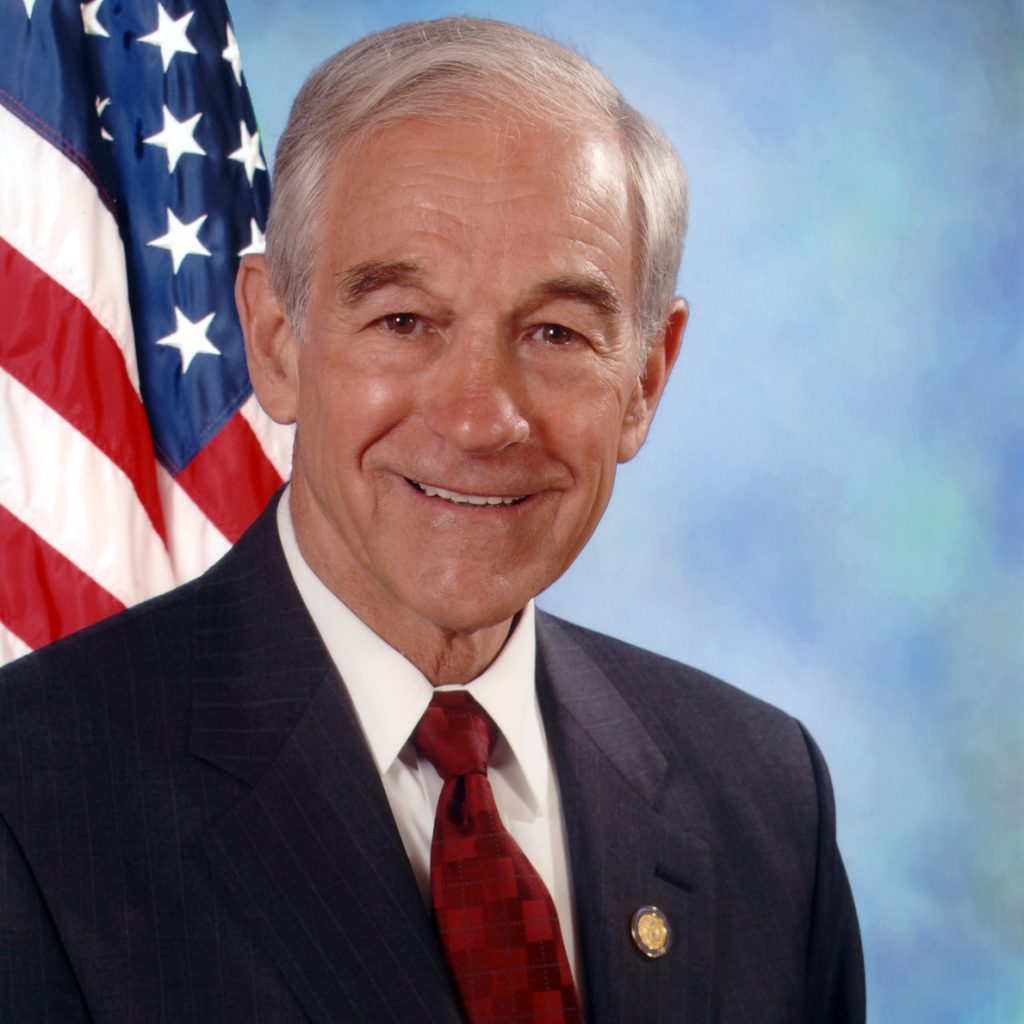In a year marked by economic uncertainties and geopolitical tensions, Asia hedge funds have managed to steer clear of the tumultuous Chinese investment landscape. The real news lies in their strategic moves tied to Japan’s resurgence and the flourishing AI-driven technology sector. As Asia-focused funds celebrate a significant performance improvement, this narrative delves into the key players, their winning strategies, and the broader market dynamics.
Against the backdrop of a bullish stock market in November, Asia-focused hedge funds are set to showcase improved performances in 2023. A notable shift has been observed, with about 58% of funds avoiding losses in the first 10 months, a substantial leap from the 32% recorded in 2022. Amid this success, hedge funds overseen by Astignes Capital Asia Pte, Keystone Investors Pte, Panview Capital Ltd., and Trivest Advisors Ltd. emerge as the frontrunners.
The success story unfolds as funds successfully navigate the challenges in the Chinese market, marked by concerns over a housing crisis, economic slowdown, and geopolitical tensions. A stark contrast emerges with 68% of China-focused hedge funds experiencing losses, while their counterparts specializing in Japan record only 18% in losses during the same period. The early shift in focus from China to Japan proves to be a winning strategy, especially for funds like Panview Asian Equity Fund and Athos Asia Event Driven Fund.
AI-driven strategies propel Asia hedge funds to remarkable gains
The AI-fueled technology rally plays a pivotal role in the success of Asia hedge funds. Noteworthy is Trivest Advisors’ TAL China Focus Master Fund, which secures a nearly 16% gain in the first 10 months. Holding substantial shares in US technology giants like Microsoft Corp., Meta Platforms Inc., Nvidia Corp., and Alphabet Inc., the fund capitalizes on the rise of Chinese e-commerce companies like PDD Holdings Inc. and the resurgence of Luckin Coffee Inc.
Several funds stand out as top performers in the Asia hedge fund arena. Panview Asian Equity Fund, led by former Goldman Sachs partner Ryan Thall, surges nearly 20% with bullish bets on smaller Japanese companies and well-timed positions against underperforming Asian duty-free shops and a struggling US cosmetics maker.
Athos Asia Event Driven Fund secures a 5.6% return through November, capitalizing on deals involving Australian company Origin Energy Ltd. and Japanese firms. The fund also profits from astute bets on the regulatory landscape surrounding US chipmaker Broadcom Inc.’s merger.
Trivest Advisors’ TAL China Focus Master Fund achieves a remarkable 16% gain by strategically holding shares in key US technology companies and rising stars in the Chinese e-commerce sector.
Keystone Investors, led by Liu Xuan, records nearly 24% in returns, dabbling in familiar names like Microsoft, Nvidia, Meta, and New Oriental Education & Technology Group Inc.
Ovata Equity Strategies Fund, led by James Chen, former Asia equities head of BlueCrest Capital Management, rises 9.7% by capitalizing on volatile markets and favorable conditions for wider pricing disparities.
Asia-focused firms adopting diversified strategies also emerge victorious. Dymon Asia Multi-Strategy Investment Fund gains an estimated 10%, showcasing the benefits of diversification. Polymer Asia Fund achieves a 3.4% gain through October, further highlighting the advantages of a diversified approach.
Macro hedge funds dominate
The standout performers as a group are macro hedge funds, trading across various markets. Arete Macro Fund, managed by Will Li’s Ocean Arete Ltd., gains 9.1%, betting on the greenback, bearish positions on longer-dated US Treasury bonds, and strategic investments in large Chinese banks. Southern Ridges Capital Pte’s Summit Macro Fund secures an 8.8% gain, leveraging trades involving Japanese rates and navigating China’s economic slowdown. Brevan Howard MB Macro Master Fund, guided by star trader Minal Bathwal, achieves a nearly 11% gain in the same period.
Not all players in the Asia hedge fund arena share the same success. The MSCI China Index drops 14%, contributing to losses for those with bullish China bets. Notable losses include Kaizen Asia Pacific Master Fund, managed by former Marshall Wace portfolio manager Ramesh Karthigesu, which loses about 19%, a sharp contrast to the 26% gain last year.
Yunqi Path Offshore Fund faces a 15% loss through October, emphasizing the struggles of long-term fundamental stock pickers in a bear-dominated market. The fund’s notable losses in Lufax Holding Ltd. and Qifu Technology Inc. underscore the challenges in navigating the Chinese market.
Zaaba Pan Asia Fund narrows its loss to 12% through November, reflecting the impact of bullish wagers on Greater China stocks.
Maneuvering success and challenges in Asia’s financial horizon
As the year draws to a close, Asia hedge funds find themselves at a crossroads of success and challenges. The strategic bets on Japan’s rebound and the surge in AI-driven technology have propelled many funds to impressive gains. The winners have adeptly navigated the complex market dynamics, seizing opportunities in diverse sectors. Yet, the broader question looms: What lies ahead for Asia hedge funds in the ever-evolving landscape of global finance?





